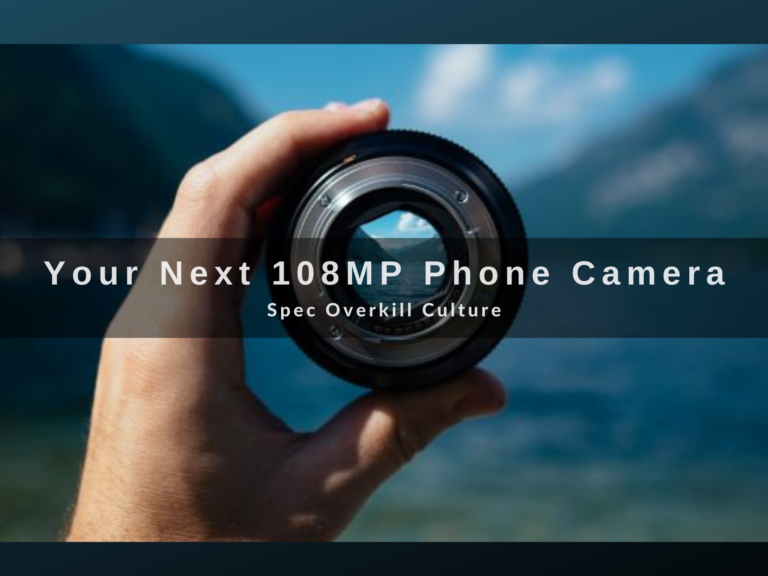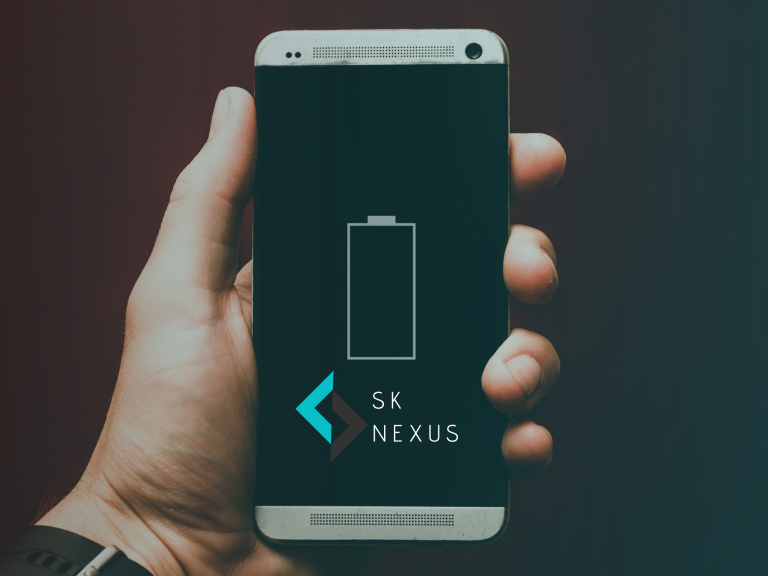As the situation stands currently, the smartphone business has become saturated. Year on year upgrades don’t offer much change and most smartphones from a year or two ago are just as good as some models releasing this year. Given the situation, purchasing a used smartphone can be enticing but the decision can be a struggle sometimes in the region.
This guide is for the people looking to buy a used smartphone, it will help out with what aspects you should check in a used phone before buying one.
To get into it, lets go over the major things you should check for while buying a used smartphone: Before you go out to check a phone, have these items if possible with you just in case:
- A Sim Card
- A micro SD Card
- A Sim eject Tool
- A Data cable for the phone you are going to purchase
- A compatible Earphone
- A Charger
Also always make sure beforehand that the device you are going to purchase is PTA approved. Send the IMEI number of the device as an SMS to 8484 for confirmation.
1. Display
Check For Dead Pixels: Google a white background image or take one by taking a photo of a white paper with flash on. Put the image on full screen and check for dead zones or any area where there might be decolorization.
Check for Light Leaks: Examine the display on full brightness and see if any of the edges leak light from the main display, that could point towards damage or repair of the phone.
Check for Touch Screen: Open a notes app and using the paintbrush tool color the whole screen, this will help you identify any dead touch zones.
Check for cracks: Minor scratches are fine for a used smartphone, if you apply a new glass protector most of the scratches will hide away; what you should worry about is cracks on the screen. If there are cracks make sure they aren’t webbed and spreading towards the inside of the screen as over time that will become a problem.
Check Display Quality: Lastly if you are purchasing a high end smartphone, it is always good to check the quality of the display as over duration some panels might have burn-in or decolorization. A good way to check display quality is to play a high quality video on YouTube with lots of colors in it, usually nature scenery style videos are best to test colors on your display.
2. Camera
Selfie Camera: Depending on what kind of phone you are purchasing it may have multiple types of cameras. Start off by testing the selfie camera as that one is the easiest, make a test photo and video, check the results.
Facial Unlock: If the camera supports face unlock of any kind, test that out also by setting a lock on the phone.
Main Camera/s: Now most high end phones do actually use all their lenses so it is easy to test them by covering the lens in specific camera mode. This can get tricky on some phones as they do have telephoto/macro lens but they don’t really use it separately. Go over all the modes on a specific phone camera app and take test photos.
Flash: Over long duration usage, some phones flash might get deteriorated, it is good to check the integrity of flash by either using a flashlight tool/app or taking pictures in dark environments.
3. Physical/Hardware Condition
Buttons: Check all buttons on a smartphone, take a screenshot, try the assistant buttons and play around with the volume rocker. The lock unlock button is the most often used button, make sure it doesn’t get stuck, test it repeatedly. If the phone has a silent slider, test that out also.
Battery: Many phones these days offer in OS tools to identify health of your battery, you can use such tools to see if the battery holds up.
Screws: If you see any foul play with screws on a phone, that might be a suspect for a repaired device.
Speaker Grill/Ports: Check for dust and debris in the ports and grills of a phone, a high amount of it can cause problems later on. Check the ports by connecting headphone and charger accessories.
Sim/Card Slot: Test the slots of a phone by using a sim card and micro sd card.Radios: Check the Wifi, Bluetooth and 4G/3G network operation of the device.
4. Audio
Speakers: Check the speakers of the phone by playing an audio file on the loudspeaker. Test the in ear speakerphone by doing a test call.
Microphone: This can be tested on either a call or recording a voice memo. If a phone has multiple microphones, usually making a video from the camera app tests the external mics while the phone calls/voice messages use the mic located at the bottom of the phone.
Audio Input: Use the compatible headset to test audio output of the phone, use the mic of the headset to make sure that the phone is able to recognize it as well.
Stereo Speakers: If the phone does have a genuine pair of stereo speakers, that can be either tested by playing an audio separated file on youtube or going into the accessibility settings of most phones and setting the channels L and then R while playing audio.
Vibration Motor: Play around in the sound settings to make sure that the haptic feedback of the phone works fine.
5. Accessories
Accessories are a mixed bag depending on what kind of phone you are going to purchase. Pakistan is known for ‘kit’ phones which don’t really include a box/accessories. It is still always good to make sure you check the integrity of the supplied ones. A good way is to check a quick unboxing video to know what kind of accessories to expect if they are original.
Conclusion
If you go over the checks listed above, most of your worries should be put aside but for a more detailed checkup, go through the listed items below as well.
Proximity Sensor: Test by bringing the phone near to your ear while on a call and check if the screen turns off.
Light Sensor: Turn on Auto Brightness in a phone and cover the front of the phone to see if it changes the screen brightness.Wireless Charging: Check the phone with a compatible wireless charger.
Accelerometer: Turn on phone rotation and check if the photos/elements rotate when the phone is rotated.
GPS: Try to use the maps app with Wifi turned off and Mobile Data turned on.
3D Touch: Check by hard pressing menu items on supported phones.
Compass: Use the compass app to calibrate and test this feature.
eSim: Some phones now do support the eSim feature which is supported by networks such as Jazz, make sure that the eSim IMEI is PTA approved.
As always if you enjoyed reading, we hope that you can share among interested people such as yourself.
Everything you see here – and more is powered by your Support. You can always pitch in by clicking the buttons below.

At the heart of it – I love solving problems for people using tech, it doesn’t get simpler than that.
Some know me as a Product Manager who relentlessly executes, some know me as a mentor who hand holds them to success, some know me as a techhead who won’t stop complaining about ‘that one thing’, and lastly; some know me as that guy who is always experimenting with something new.
As long as its in the realm of tech, I am interested – because my love for tech fuels my passion – sknexus.com – and my profession – saqibtahir.com





